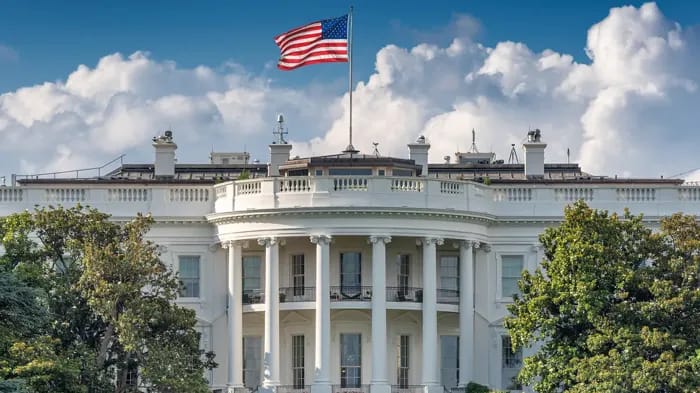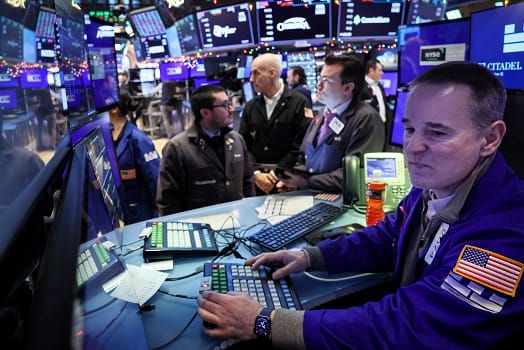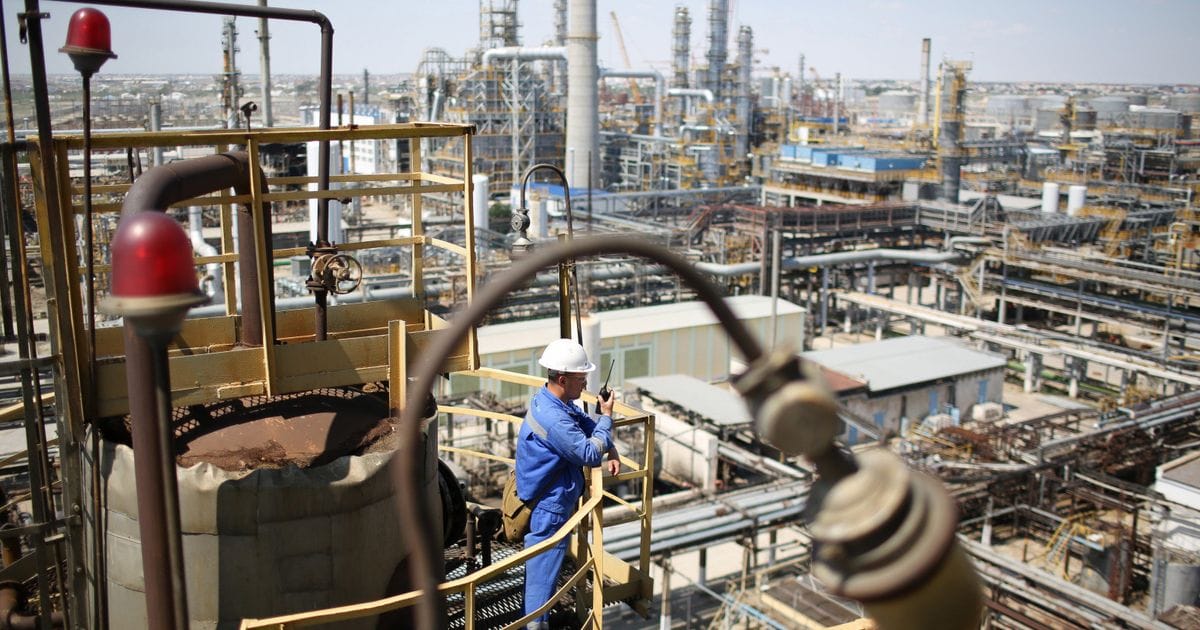Alsharq Tribune-Ahmed Essam
U.S. stocks ended mixed on Friday as Wall Street largely shrugged off the initial stages of the U.S. government shutdown.
The Dow Jones Industrial Average rose 238.56 points, or 0.51 percent, to a fresh all-time high of 46,758.28. The S&P 500 inched up 0.44 points, or 0.01 percent, to 6,715.79. The Nasdaq Composite Index fell 63.55 points, or 0.28 percent, to 22,780.51.
Seven of the 11 primary S&P 500 sectors finished higher, led by utilities and health, which advanced 1.15 percent and 1.13 percent, respectively. Consumer discretionary and communication services lagged, down 0.81 percent and 0.64 percent.
Losses in several major technology stocks weighed on the broader market in afternoon trading. Palantir Technologies sank 7.47 percent, the worst performer in the S&P 500, while Tesla dropped 1.42 percent and Nvidia slipped 0.67 percent.
Still, optimism around artificial intelligence helped lift sentiment. Hitachi announced a partnership with OpenAI on energy projects, while Fujitsu expanded its collaboration with Nvidia. Pharma stocks also extended strong gains, with one measure pointing to their best week in more than a decade.
Meanwhile, there was no sign of progress toward ending the U.S. government shutdown. Democrats insisted on extending healthcare subsidies as part of any deal to reopen the government, while Republicans said negotiations would not begin until funding is restored.
U.S. President Donald Trump warned of massive layoffs, calling the standoff an "unprecedented opportunity" to cut federal agencies. Treasury Secretary Scott Bessent told CNBC News the funding lapse could hurt economic growth. The Congressional Budget Office estimated that 750,000 federal workers would be furloughed each day.
The labor market has already shown signs of strain. ADP, a U.S. provider of human resources management software and services, reported Thursday that private companies shed a seasonally adjusted 32,000 jobs in September, the largest decline since March 2023.
"Despite the strong economic growth we saw in the second quarter, this month's release further validates what we've been seeing in the labor market, that U.S. employers have been cautious with hiring," said ADP chief economist Nela Richardson.








.png?locale=en)











